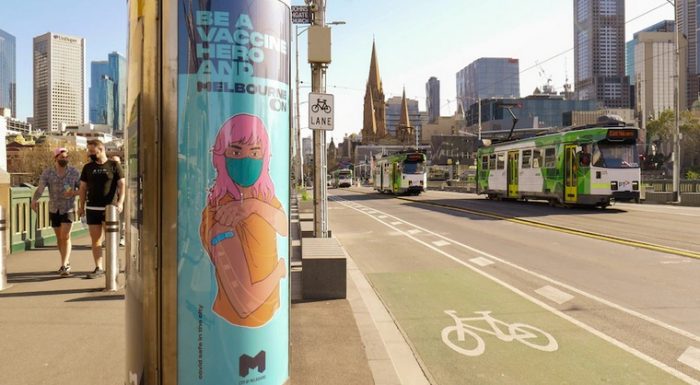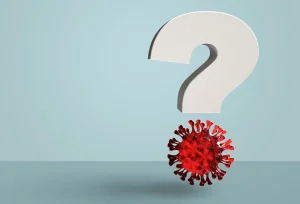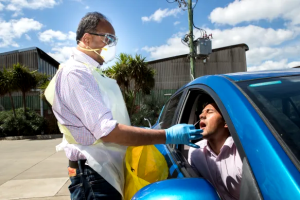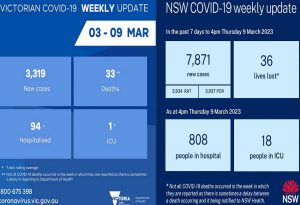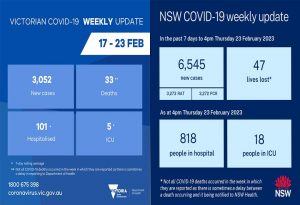Source: ABCnews
Victoria has recorded 1,377 new locally acquired COVID-19 cases and four deaths.
The new cases were identified from 67,789 test results received yesterday and take the state’s total active cases to 12,711.
There were 30,985 doses of vaccine administered at state-run sites yesterday.
More tier 1 exposure sites have been listed in regional Victoria, with new listings in Morwell and Shepparton overnight.
COVID-19 fragments have also been detected in wastewater samples from Mildura.

Epidemiologist Tony Blakely from the University of Melbourne said he was “concerned” about the continued run of days with more than 1,000 new cases.
“The virus is in specific populations, be that by suburbs, be that by age groups, and the other thing is we are seeing non-compliance. You don’t have to look far to see that non-compliance,” he told ABC News Breakfast.
“Both those things will be overtaken at some point by increasing vaccine coverage, but [it’s] hard to tell exactly when.”
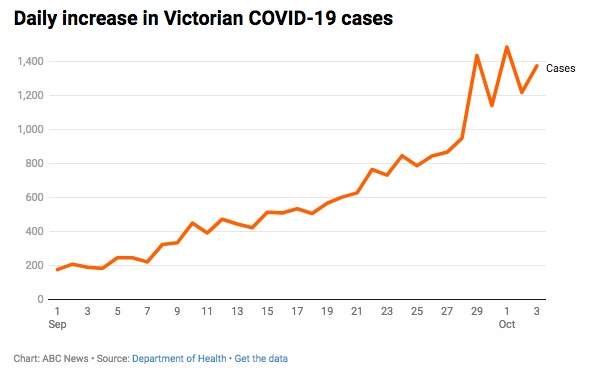
Professor Blakely said despite the growing case numbers he had no doubts about the effectiveness of lockdowns as a strategy.
“If we’d let it rip last year we would’ve had severe mortality and morbidity and the rest of it, it’s just that we haven’t had the same luck as other places, we also had the quarantine failures with our second wave last year which were avoidable.”
The health department revealed yesterday people who had received a negative test result after day 13 of their quarantine no longer needed to wait to be contacted by health officials before leaving quarantine.
Research reveals areas hit hard by job losses
Melbourne’s outer north-west and south-east have suffered the most economic damage in Victoria during the COVID-19 pandemic, according to research by the Australian Council of Social Service (ACOSS) and the University of NSW.
The research showed the number of people on income support payments in September 2021 was 27 per cent higher across the country than pre-pandemic levels.
That number peaked at 70 per cent higher during the first wave of the pandemic in 2020.
In the Melbourne electorates of Calwell, Lalor, Gorton, and Macnamara, up to 6,000 more people per electorate needed income support payments than pre-pandemic levels.
ACOSS CEO Cassandra Goldie said the end of the Jobkeeper wage subsidy scheme earlier this year hit many communities hard.
“Last year average incomes actually rose, despite the deepest recession in almost a century,” she said.
“But this year is a starkly different story. COVID has left a scorched economic path, particularly in areas that were more disadvantaged pre-pandemic.”
ACOSS has called on the federal government to extend COVID disaster payments, and raise other income support payments such as JobSeeker and Youth Allowance.
The COVID disaster payments, which cost the Commonwealth about $1 billion a week, are due to be phased out as states hit 70 per cent and 80 per cent full-vaccination targets.


